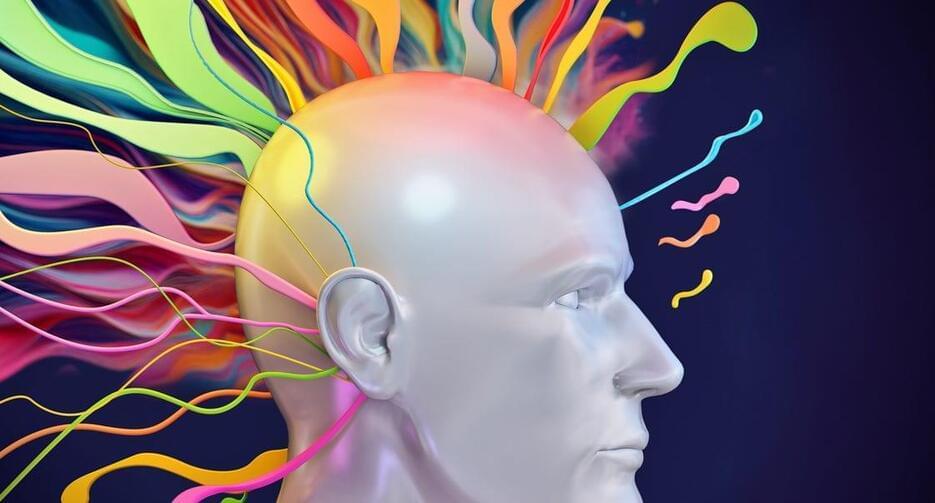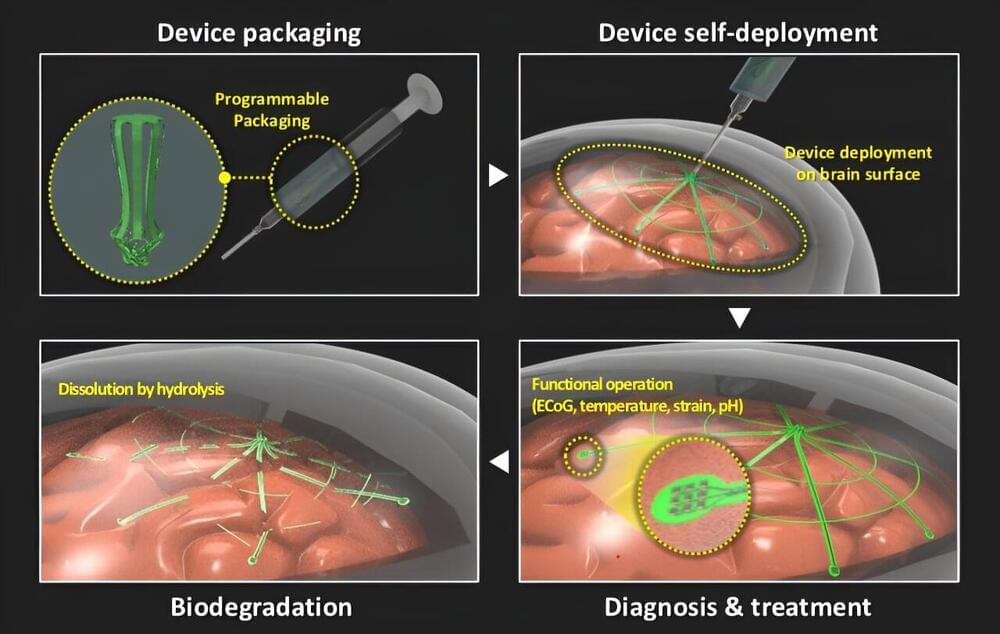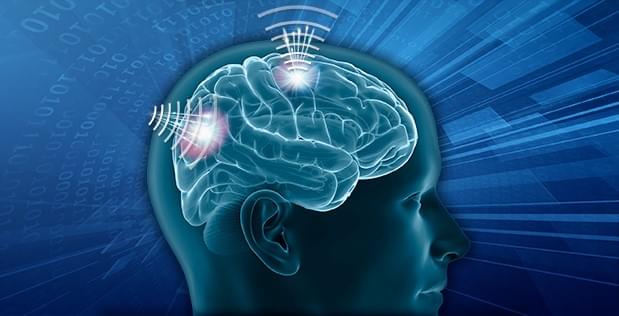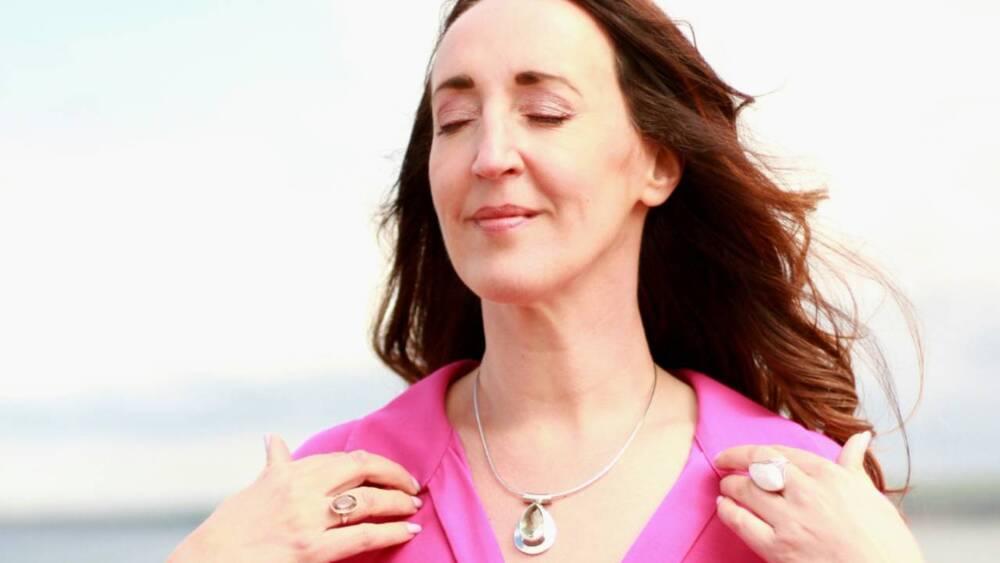Substances like ayahuasca and psilocybin can induce a sense of unity with the world—and even allow some users to “see God.”


Brain-machine interfaces (BMIs) have emerged as a promising solution for restoring communication and control to individuals with severe motor impairments. Traditionally, these systems have been bulky, power-intensive, and limited in their practical applications. Researchers at EPFL have developed the first high-performance, Miniaturized Brain-Machine Interface (MiBMI), offering an extremely small, low-power, highly accurate, and versatile solution.
Published in the latest issue of the IEEE Journal of Solid-State Circuits (“MiBMI: A 192/512-Channel 2.46mm 2 Miniaturized Brain-Machine Interface Chipset Enabling 31-Class Brain-to-Text Conversion Through Distinctive Neural Codes”) and presented at the International Solid-State Circuits Conference, the MiBMI not only enhances the efficiency and scalability of brain-machine interfaces but also paves the way for practical, fully implantable devices. This technology holds the potential to significantly improve the quality of life for patients with conditions such as amyotrophic lateral sclerosis (ALS) and spinal cord injuries.
An image of the chip. (Image: EPFL)

Sensors that can be easily and safely introduced in the brain could have important medical applications and could also contribute to the development of brain-interfacing devices. While significant progress has been made toward the development of these sensors, most existing devices can only be deployed via invasive surgical procedures that can have numerous complications.
Researchers at Seoul National University and other institutes in South Korea recently created a new biodegradable and self-deployable tent electrode that could be far easier to insert onto the surface of the human brain. Their proposed electrode design, outlined in Nature Electronics, could naturally degrade inside the human body without leaving any residues, which means that once it is inserted in the body it does not need to be surgically removed.
“Our recent paper was born out of a growing awareness of the clinical challenges linked to the implantation of electrodes via invasive brain surgery,” Seung-Kyun Kang, corresponding author of the paper, told Medical Xpress.

Noninvasive braincomputer interfaces could vastly improve brain computer control.
Over the past two decades, the international biomedical research community has demonstrated increasingly sophisticated ways to allow a person’s brain to communicate with a device, allowing breakthroughs aimed at improving quality of life, such as access to computers and the internet, and more recently control of a prosthetic limb. DARPA has been at the forefront of this research.
The state of the art in brain-system communications has employed invasive techniques that allow precise, high-quality connections to specific neurons or groups of neurons. These techniques have helped patients with brain injury and other illnesses. However, these techniques are not appropriate for able-bodied people. DARPA now seeks to achieve high levels of brain-system communications without surgery, in its new program, Next-Generation Nonsurgical Neurotechnology (N3).
“DARPA created N3 to pursue a path to a safe, portable neural interface system capable of reading from and writing to multiple points in the brain at once,” said Dr. Al Emondi, program manager in DARPA’s Biological Technologies Office (BTO). “High-resolution, nonsurgical neurotechnology has been elusive, but thanks to recent advances in biomedical engineering, neuroscience, synthetic biology, and nanotechnology, we now believe the goal is attainable.”


Why did the experience of consciousness evolve from our underlying brain physiology? Despite being a vibrant area of neuroscience, current research on consciousness is characterised by disagreement and controversy – with several rival theories in contention.
A recent scoping review of over 1,000 articles identified over 20 different theoretical accounts. Philosophers like David Chalmers argue that no single scientific theory can truly explain consciousness.
We define consciousness as embodied subjective awareness, including self awareness. In a recent article published in Interalia (which is not peer reviewed), we argue that one reason for this predicament is the powerful role played by intuition.

Enjoy the videos and music you love, upload original content, and share it all with friends, family, and the world on YouTube.

In the past decade, lab-grown blobs of human brain tissue began making news headlines, as they ushered in a new era of scientific discovery and raised a slew of ethical questions.
These blobs — scientifically known as brain organoids, but often called “minibrains” in the news — serve as miniature, simplified models of full-size human brains. These organoids can potentially be useful in basic research, drug development and even computer science.

Some years ago, when he was still living in southern California, neuroscientist Christof Koch drank a bottle of Barolo wine while watching The Highlander, and then, at midnight, ran up to the summit of Mount Wilson, the 5,710-foot peak that looms over Los Angeles.
After an hour of “stumbling around with my headlamp and becoming nauseated,” as he later described the incident, he realized the nighttime adventure was probably not a smart idea, and climbed back down, though not before shouting into the darkness the last line of William Ernest Henley’s 1,875 poem “Invictus”: “I am the master of my fate / I am the captain of my soul.”